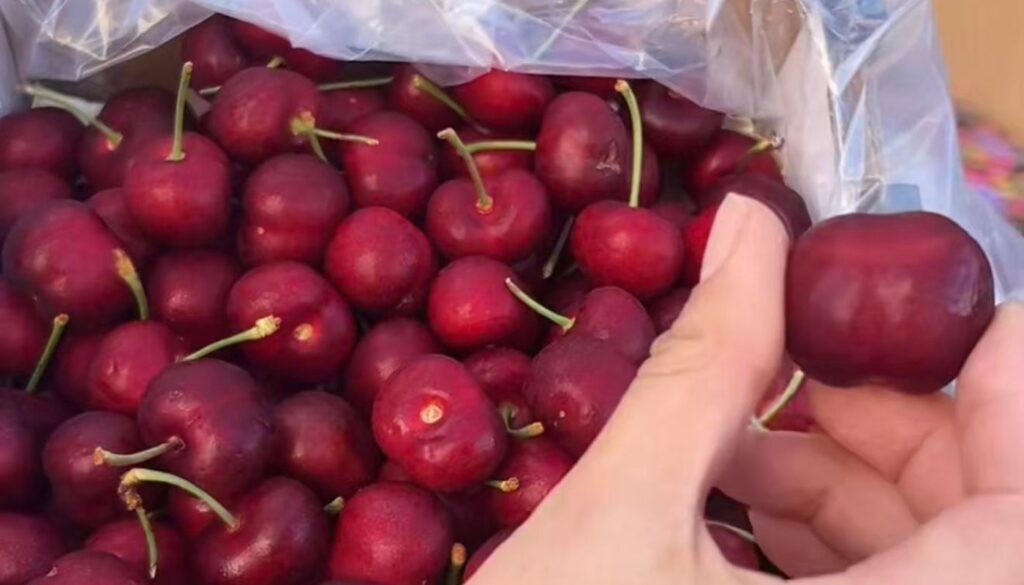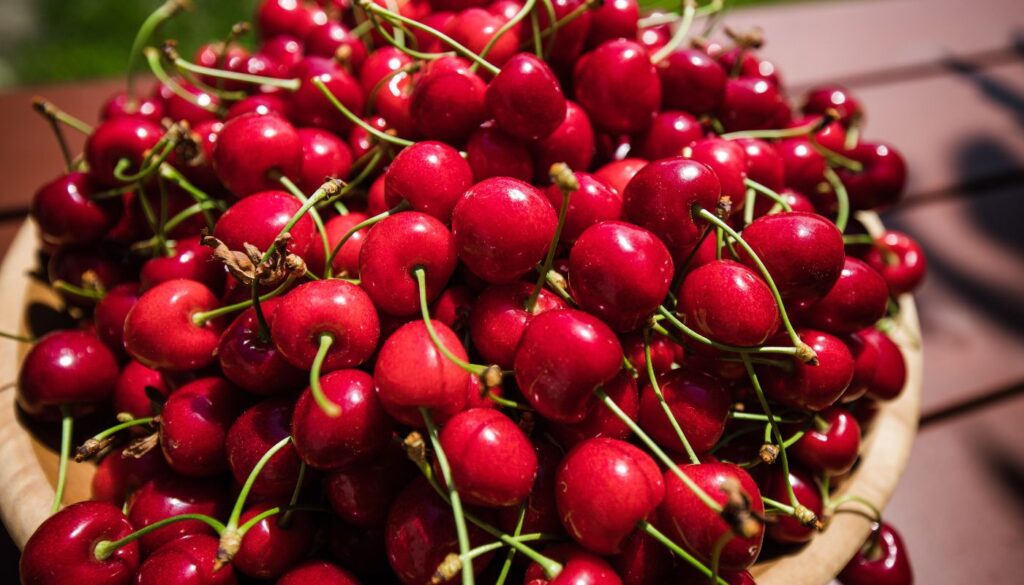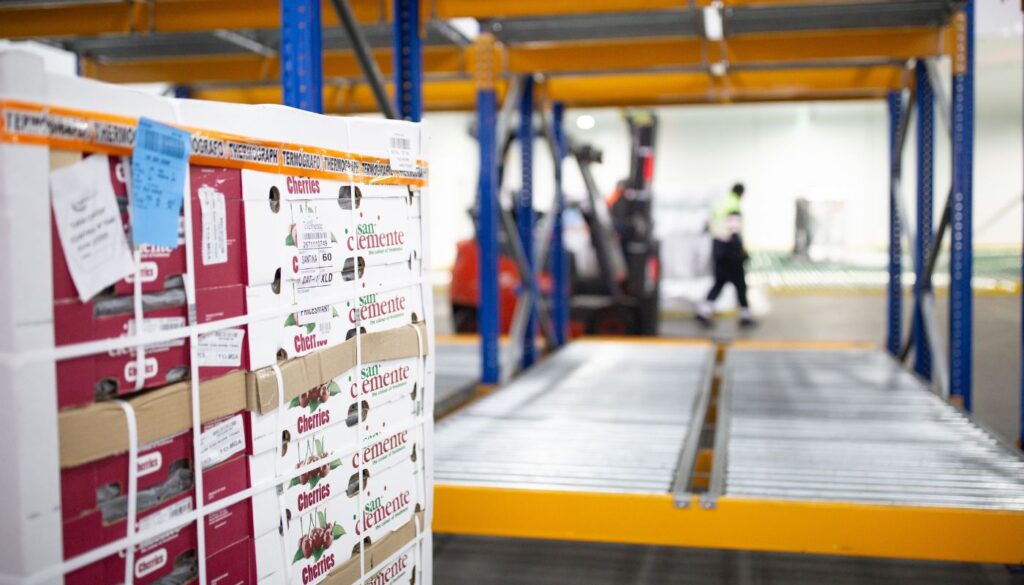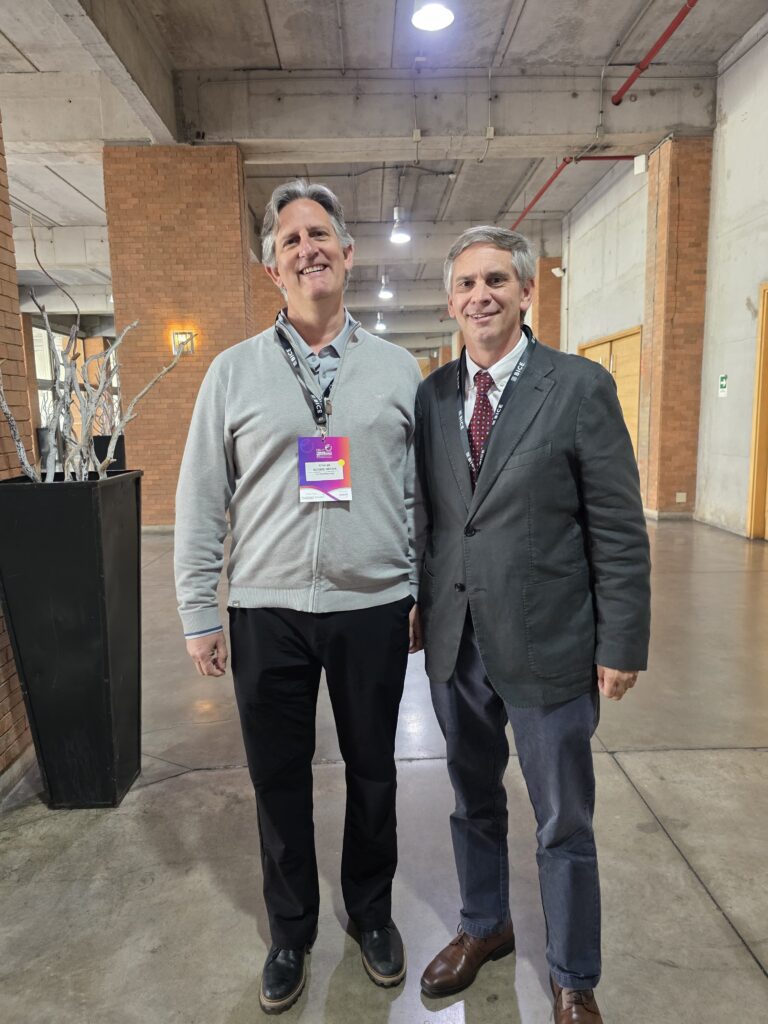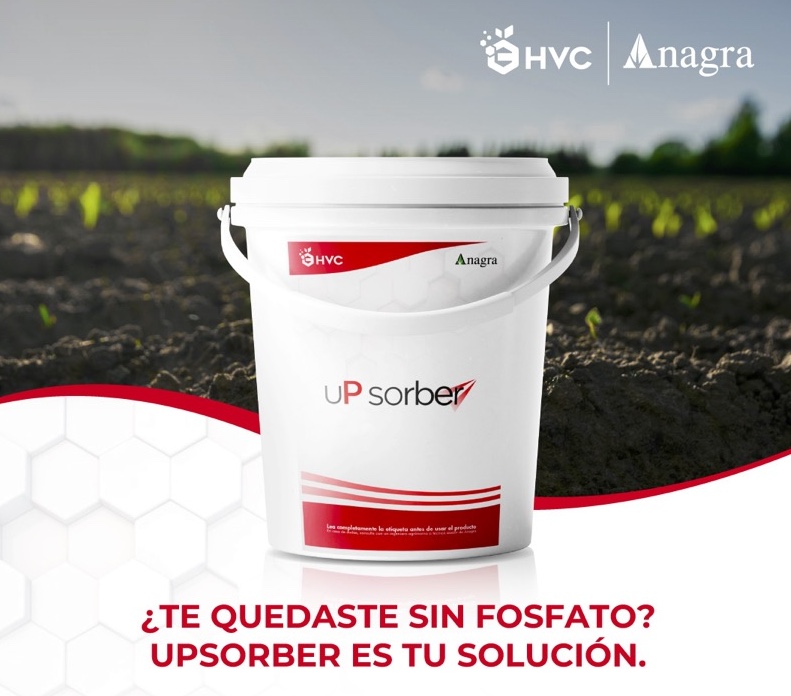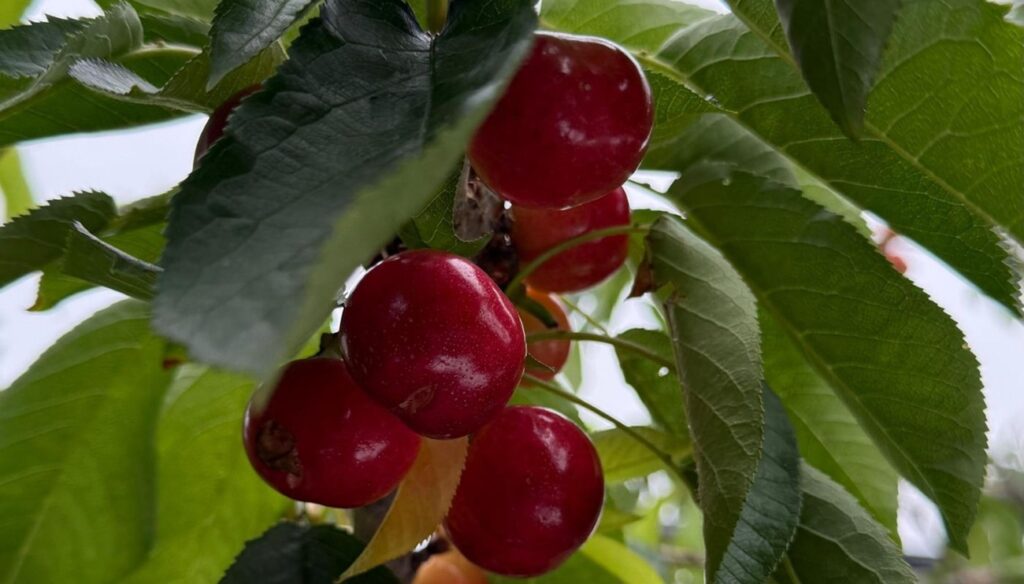The visual aspect of the fruit is the first impression perceived by the consumer/customer and will influence the possible acceptance and eventual purchase (Figure 1). In this sense, a study carried out on Chinese consumers of fresh cherries in 2021 showed that quality parameters such as size/caliber and color are determining attributes in the purchase and that the price as well as the origin of the fruit influence this decision (Chiang 2021).
When analyzing the aesthetic attributes of the cherry, we can see that this product is made up of two plant structures that behave differently; one is the pedicel, which must be green and turgid, while the fruit must be a homogeneous mahogany color (for most varieties), large in size (greater than 28 mm), with smooth, shiny skin and ideally without defects. Therefore, this must be an attractive fruit, even more so if we consider that in the Chinese market this product is bought to be given as a gift especially for the celebration of the Chinese New Year.
Figure 1. Attributes of the “cherry product”
For the Chinese consumer, the presence of the pedicel is very important and its appearance is an indicator of the degree of freshness of the cherry (Drake & Elfving, 2002; Sekse, 1996; Wani et al., 2014). This is a herbaceous tissue that, due to its high surface/volume ratio, tends to dehydrate quickly, turning brown and thin, which gives the fruit an aged appearance that affects the purchasing decision and its commercial value.
Once the fruit is harvested, the cherry pedicel is one of the parts that is most affected, as a result of the permanent loss of water.
All freshly harvested fruit loses water in the vapour state from the intercellular spaces through transpiration. The evapotranspiration of water per unit of surface area depends on the vapour pressure difference (VPD) between the fruit and the air, whose vapour pressures depend on temperature and relative humidity.
In the search for new products and technologies that would allow us to maintain the green condition of the pedicel, the company DECCO® developed the product Naturcover®, a natural edible coating formulated based on polysaccharides, proteins and fatty acids.
In order to evaluate the effect of Naturcover® on the post-harvest of the fruit, an evaluation was carried out during the 2022-2023 cherry season where the aforementioned product was applied during the hydrocooling treatment in three cv. Lapins, Sweet Heart (2 batches each) and Regina (1 batch). The treatment was carried out at the Santa Luisa processing plant (Coltauco, Figure 2).
To meet the objectives set, 6 treatments were established (Table 1) consisting of a combination of control fruit (without Naturcover®) and fruit treated with the Naturcover® coating; for the fruit treated with the coating, the effect of its position in the hydrocooler was included (fruit from the upper bins and lower bins) (Figure 3).
After the hydrocooling treatment, with an exposure time of 4 minutes, the fruit was processed for 4 days before being packed. Finally, half of the treatments were subjected to 45 days of storage at 0°C, while in the other half, after 41 days of storage at 0°C, the fruit was subjected to simulated repackaging by exposing it to temperatures close to 10°C for 4 days.
Table 1. Description of treatments
| Hydrocooler condition | Sampling location | handling before completing storage | |
| T1 | Witness (chlorinated water) | 45 days at 0ºC | |
| T2 | Witness (chlorinated water) | 41 days at 0ºC + repackaging 4 days at 10ºC | |
| T3 | Naturcover® 2% | upper bins | 45 days at 0ºC |
| T4 | Naturcover® 2% | upper bins | 41 days at 0ºC + repackaging 4 days at 10ºC |
| T5 | Naturcover® 2% | lower bins | 45 days at 0ºC |
| T6 | Naturcover® 2% | lower bins | 41 days at 0ºC + repackaging 4 days at 10ºC |
The fruit was characterized before hydrocooling and evaluated after cold storage (45 days postharvest) as well as after the simulated marketing period of three days at room temperature. In the case of evaluations after cold storage, the parameters analyzed were: firmness, condition of pedicels (fruit without pedicels, green pedicels, dehydrated pedicels (brown + coffee), internal browning of the pulp and rot. For evaluations after cold storage + simulated marketing period, the condition of the pedicels and the percentage of rot were evaluated.
Results
No negative effect of the coating with fruit packaging in the modified atmosphere bag was detected. Gas concentrations ranged from 14 to 15% O2 and from 3.4 to 5.6% CO2 for all treatments.
Naturcover® applications in hydrocooling showed foam generation and a decrease in chlorine levels to 0 ppm, so the concentration had to be adjusted. In future applications, it is recommended to apply the cover first and then the sanitizer.
a) Effect of treatments and position of the fruit in the bins
No differences were observed in the treatments on firmness, internal browning or rot development in any of the varieties.
The fruit treated with Naturcover® had a higher proportion of green pedicels in one of the batches of the Sweetheart variety at the end of the 45-day storage period (Table 2) and the dehydrated pedicels were lower with the coating in the two batches of Sweetheart (Table 3).
At room temperature, a higher frequency of green pedicels was observed in the fruit treated with the coating, especially in the fruit from the upper bins, for the Lapins and Sweetheart varieties (Table 4).
Table 2. Effect of Naturcover® applications on the percentage of green pedicels after 45 days at 0ºC.

b) Repackaging effect after 41 days of storage
For the repackaging simulation, leaving the fruit with the AM bag open at 10ºC for 4 days, no differences were observed in firmness, browning of the pulp and rotting. The repackaging process and subsequent waiting in an overlapping bag did not present statistical differences for the condition of the pedicels with respect to the control, after completing 45 days (Table 5); however, a tendency to have more green pedicels is observed with the application of the Naturcover® coating.
Likewise, in the period in which the fruit was kept at room temperature, in the Lapins variety, it is observed that the coating keeps the pedicels in better condition; for the rest of the varieties there is only a numerical difference but it is not statistically significant.
Table 5. Incidence of green pedicels after 45 total days, 41 days at 0ºC + repackaging simulation and then with overlapping bag 4 days at 10ºC

Conclusions
At the end of the evaluations, both in Lapins and Sweetheart cherries, it can be concluded that Naturcover® manages to generate a positive effect on the condition of the pedicels, maintaining a greater proportion of green pedicels, with a moderate impact at the time of breaking the AM bag but which increases and becomes more important during the permanence of the fruit in Shelflife.
Repackaging processes to be carried out at the end of storage generally tend to have a deterioration of pedicels similar to fruit always kept in AM, if this fruit is left at room temperature in some cases Naturcover® also helps to better maintain the condition of pedicels.
Considering the importance of having products that allow maintaining the freshness of the pedicel during the marketing of the fruit in the destination markets, it is of interest to carry out more evaluations taking into account the application of the product at the end of the process, in the fungicide tank to ensure its permanence in the fruit.



